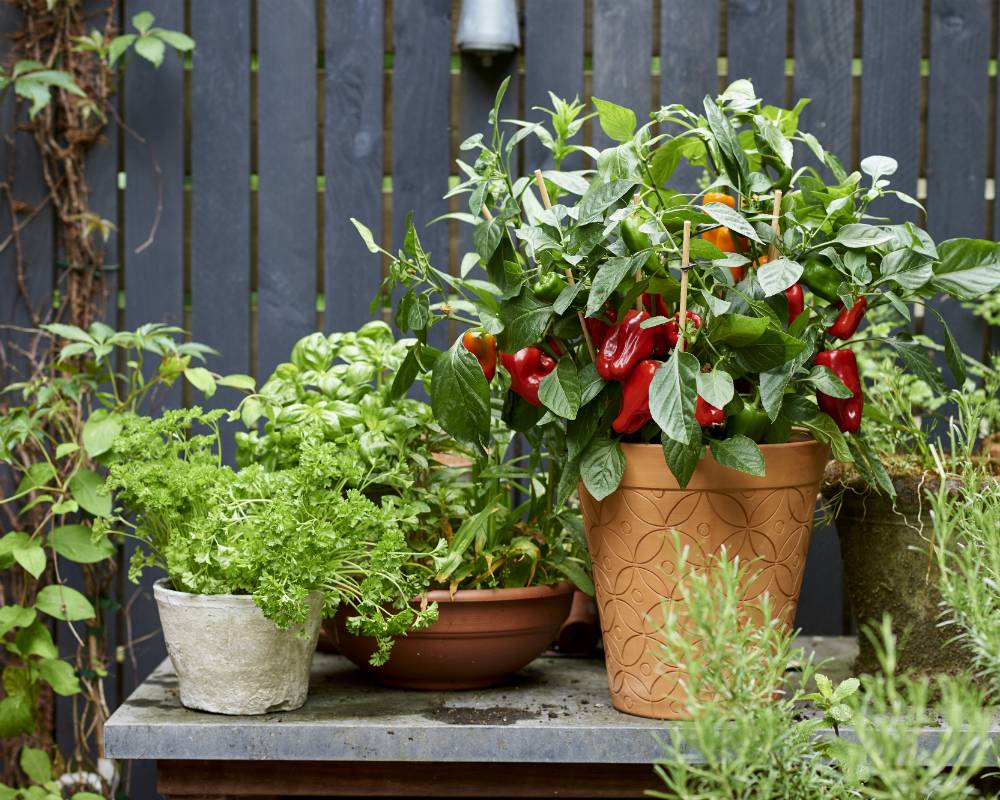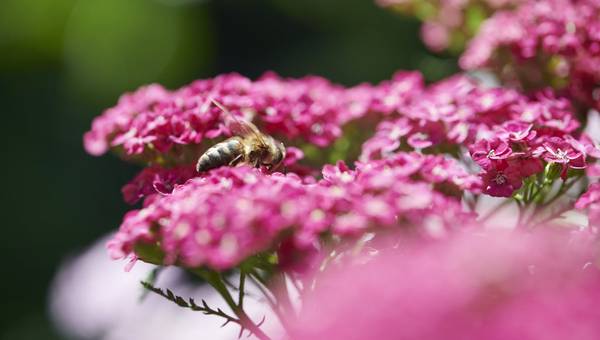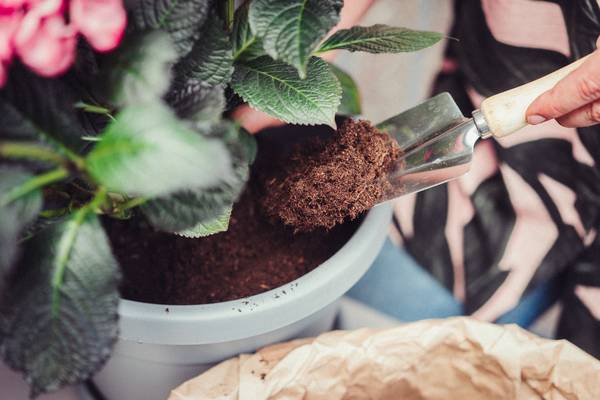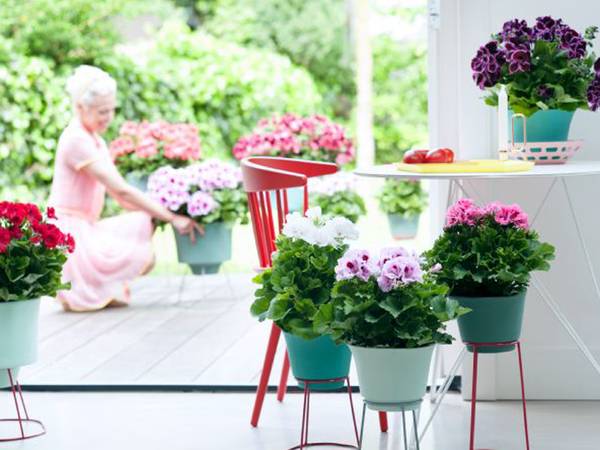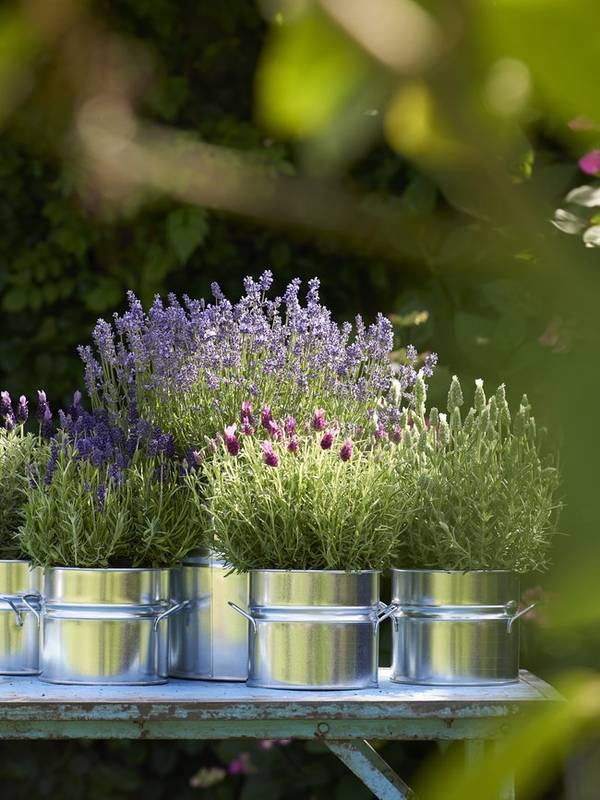
Care tips
- Feed your pepper plant once a fortnight.
- Place the plants in a sunny, sheltered spot, and ensure that they’re exposed to as little wind as possible.
- The plants need watering every day, particularly when the temperature is high.
- The pepper plant likes to grow upwards, so support it with canes, frames or mesh.
- Regular pinching out (removing some sideshoots) ensures nice sturdy plants and big peppers.
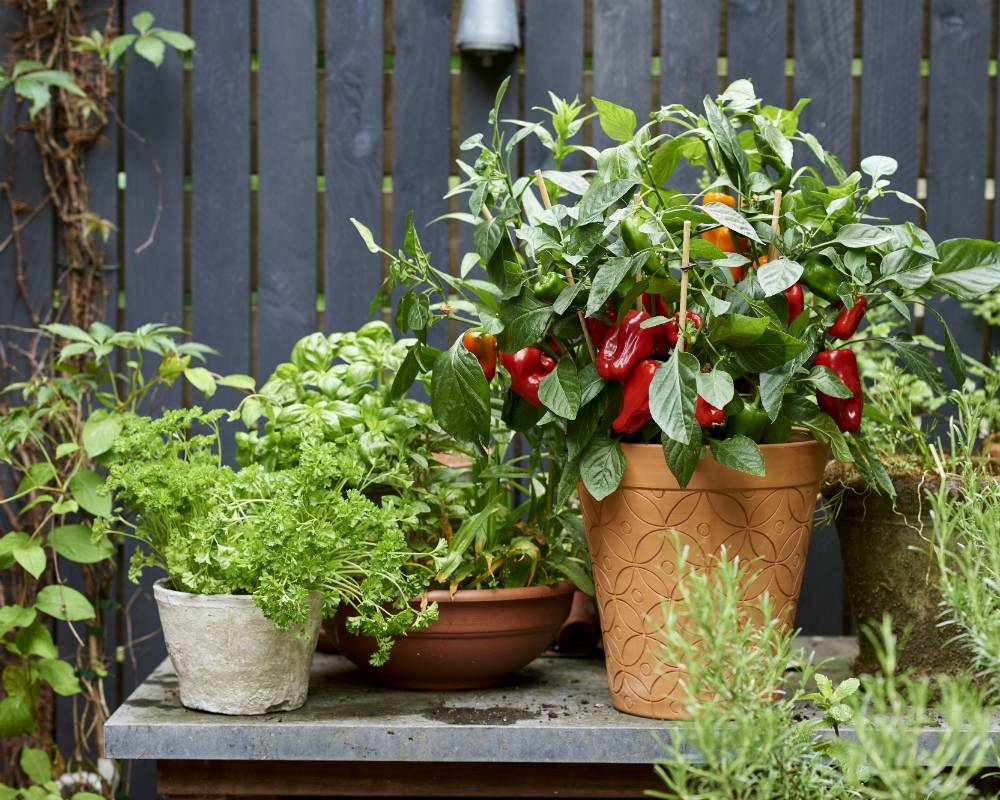
Sweet peppers, also known as Capsicum annuum, can be planted in containers, pots or beds. Some plants already have some peppers on when you buy them. The pepper plants will produce plentifully over the course of the summer - the peppers will then appear in red, orange, yellow and green. They’re climbers, but there are also dwarf plants available that are ideal for pots and containers.
Origin
The sweet pepper and the chilli pepper are closely related, and both go by the name of Capsicum annuum. Peppers originate from South America, where Columbus accidentally mixed up sweet peppers and chilli peppers. The Spaniards brought the fruit to Europe in around 1500. The vegetable plays an important role in Hungarian cuisine.
Trivia
- Vegetable or fruit? It’s always a source of confusion. From a culinary and horticultural perspective, the sweet pepper is a vegetable.
- Sweet peppers contain twice as much vitamin C as oranges, and are also rich in vitamins E, B1 and B2. So it’s a healthy product to enjoy for your own garden.
- You can also place the pepper plant on the windowsill or in a small greenhouse or conservatory where it can grow quite big.
